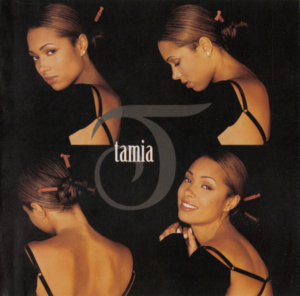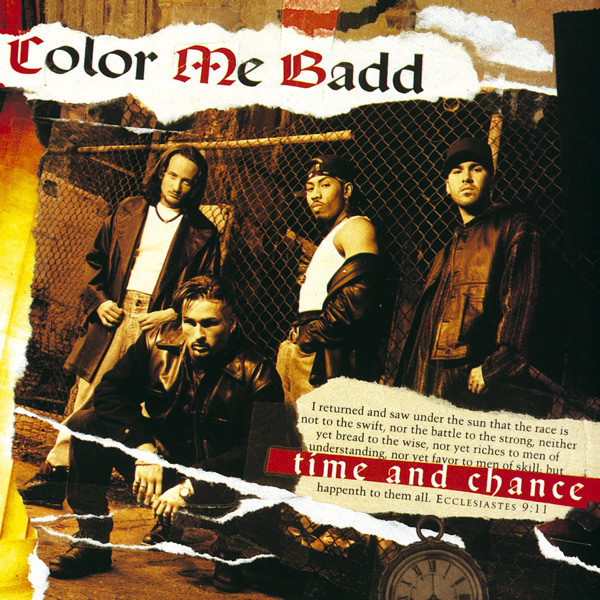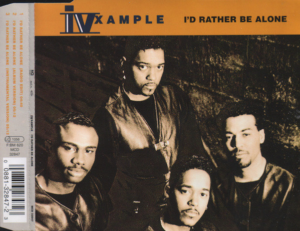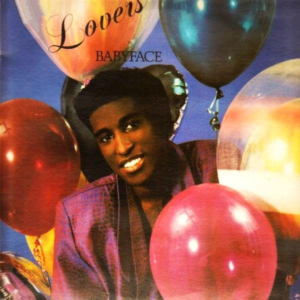For the first Second Listen Sunday of 2024, I wanted to highlight a group many consider a one-hit wonder despite having released four albums, the first of which went triple platinum. That group is Color Me Badd, and the album is their vastly underrated sophomore project, Time and Chance.
Arriving in record stores on November 16th, 1993, Time and Chance found the group playing a more active role in the project, co-writing 11 of the album’s songs and co-producing six. The group’s rising celebrity also allowed them to work with in-demand producers such as Jimmy Jam & Terry Lewis, DJ Pooh, David Foster, and Howie Tee
It was clear from the album’s first single and titular track, which featured the production talents of DJ Pooh, that the group had matured. While the song still had a Hip Hop edge, the message about fate and why things happen the way they do is timeless. Bryan’s Abrams voice was strong, and the rest of the group complimented him with three-part harmony.
Time and Chance’s second single was “Choose,” a ballad that reunited the group with the iconic production duo Jimmy Jam and Terry Lewis. The song features the signature Minneapolis sound that Jam and Lewis are famous for and showcases the group’s vocal range. The track’s smooth and soulful melody perfectly complements the group’s soaring harmonies and heartfelt lyrics.
For the third single, the group chose to cover “The Bells” by The Originals, a classic Motown track that Marvin Gaye originally produced. Color Me Badd’s rendition of the song is understated but mighty, with the group delivering a soulful and heartfelt performance that pays tribute to the original recording while showcasing their unique style.
The album’s last release, “Let’s Stay Forever,” was written by the legendary Diane Warren. This emotional ballad showcases the group’s extraordinary vocal harmonies, much like Jam & Lewis’s work on “Choose.” Its nostalgic sound is reminiscent of the group’s earlier romantic hits, making it a perfect addition to this album. Other highlights on the album include the gospel-centric “God Is Love” and covers of Skylark’s “Wildflower” and Sly & The Family Stone’s “Let Me Have It All.”
Like many solid sophomore releases from R&B groups in the nineties, “Time and Chance” got lost in the shuffle and failed to release the commercial heights of Color Me’s Badd debut. Nevertheless, it is an album that reflects a group in transition, trying to evolve while catering to the fans who loved their initial hits.
For fans of early ’90s R&B, Time and Chance is a noteworthy addition to the genre, offering a snapshot of a group striving to find their place in a rapidly changing musical landscape.
Final Grade: B+
Time and Chance is available on all streaming platforms.






